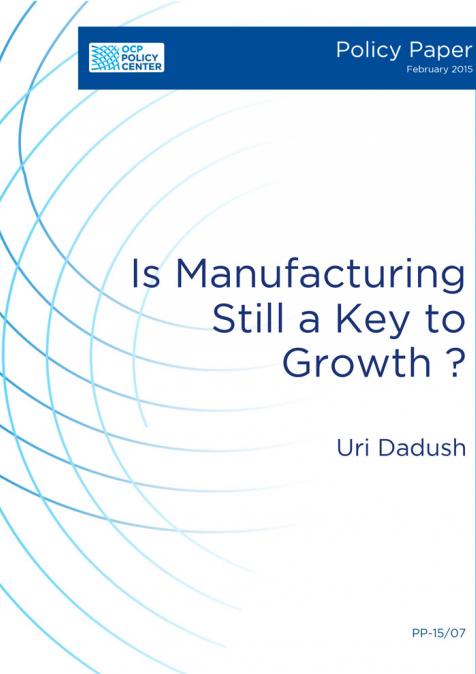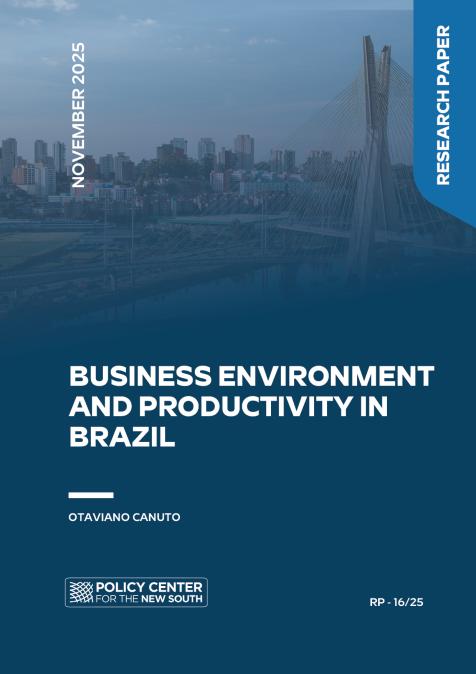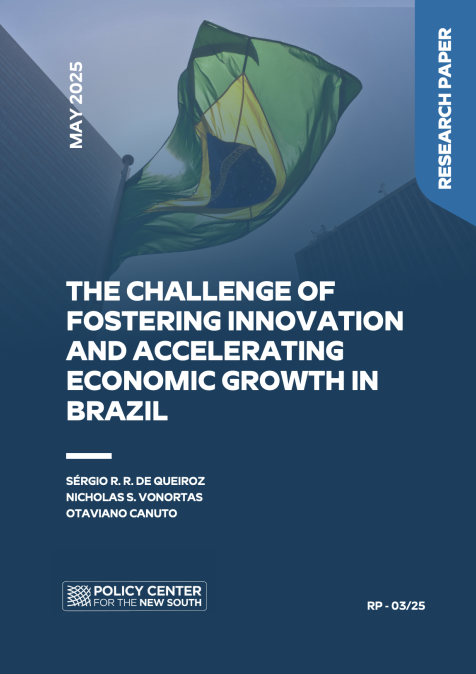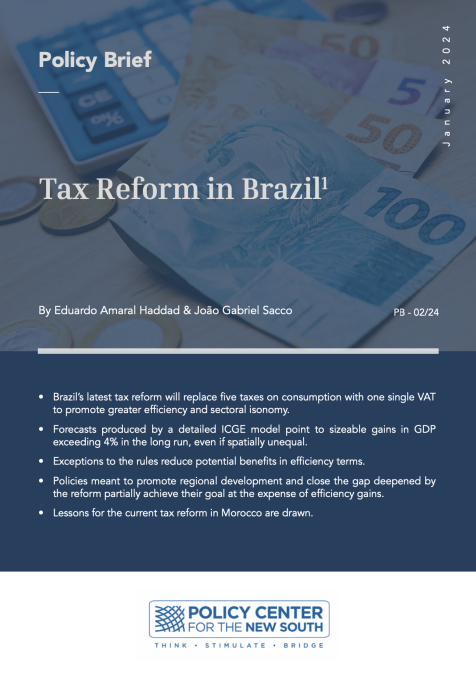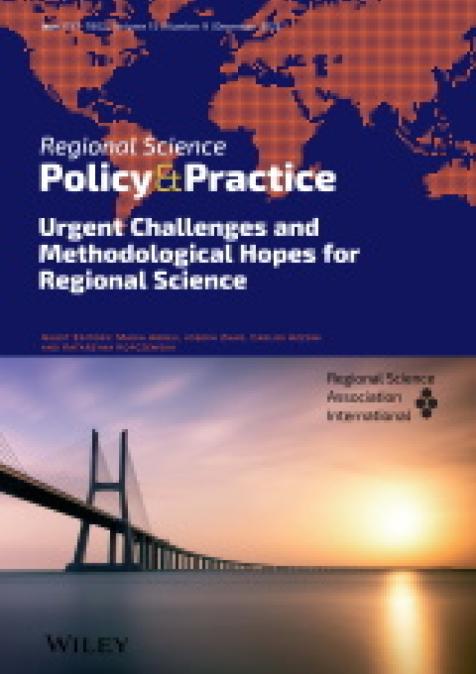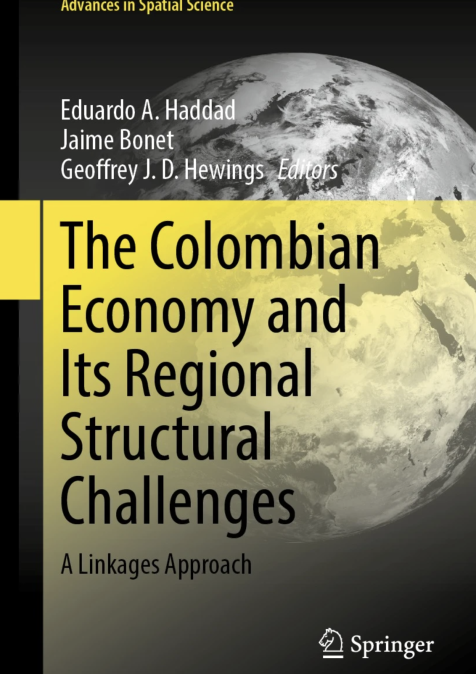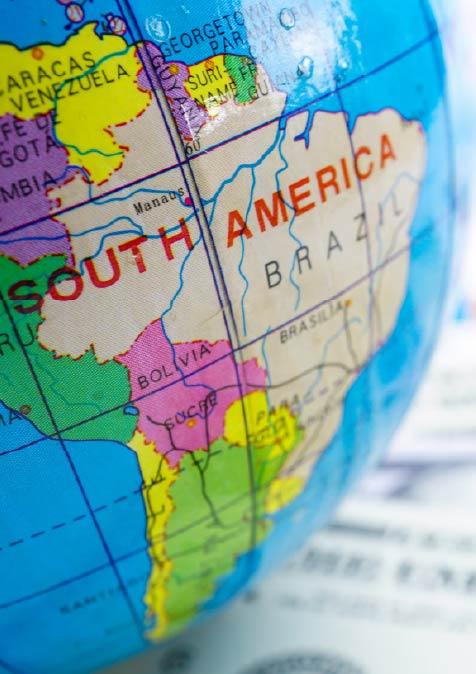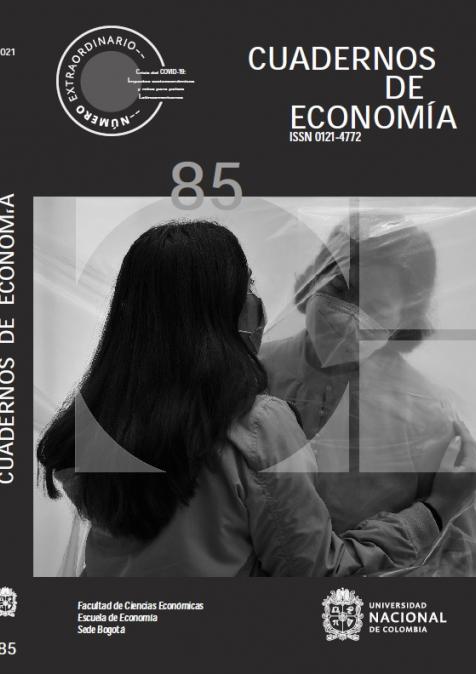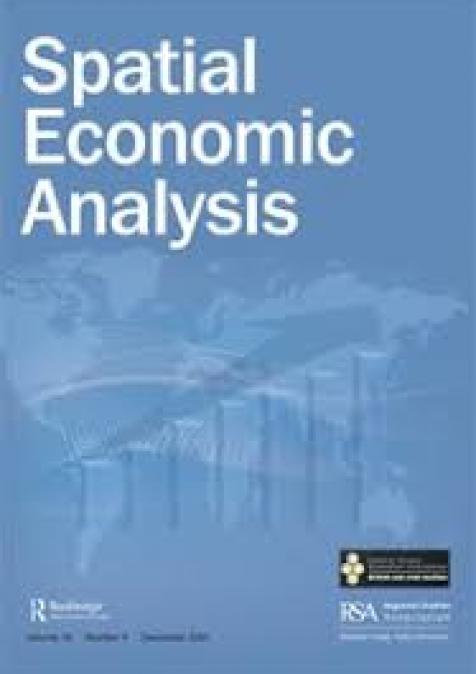Publications /
Policy Paper
Manufacturing is declining as a share of GDP not only in advanced countries, but in developing countries as well. This new trend, a result of complex forces, should be seen on balance as a reason for development-optimism, not pessimism. In the 21st century economy, manufacturing remains important, but poor countries can attract investment, grow rapidly and diversify away from agriculture on the basis of many possible sources of comparative advantage, without artificially promoting manufacturing. At the heart of the modern development process is learning: by adopting techniques and practices from countries at the technology frontier poor countries can boost productivity across all sectors of the economy.
This policy paper takes an eclectic look at the role of manufacturing in today’s development process. It draws from the recent econometric literature, reviews the trends in world trade, and examines the comparative advantage of countries that have been successful in transforming their economies in recent years. Among these countries it examines briefly the case of Morocco, an interesting case of a country that has exhibited quite rapid growth and diversification in a troubled region. The paper draws some implications for policy, underscoring the importance of the four Cs: connectivity, capacity, cost and confidence.

